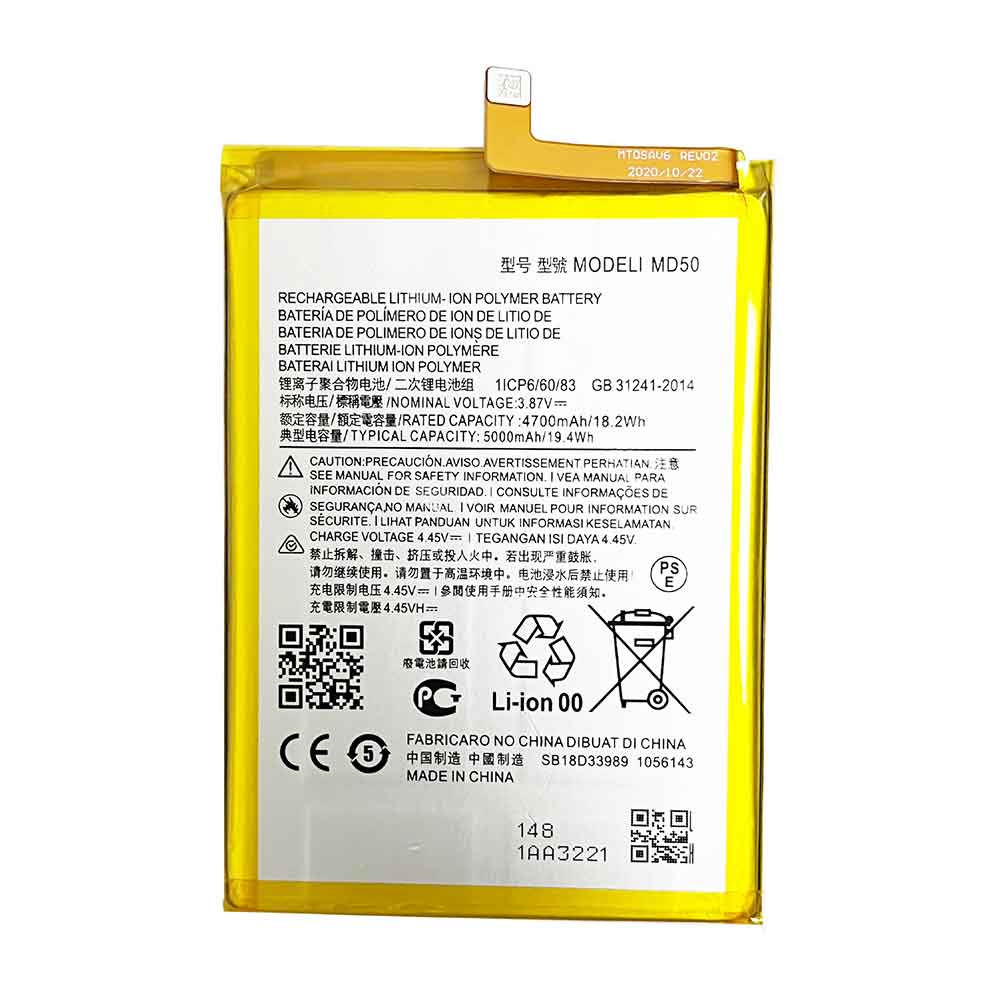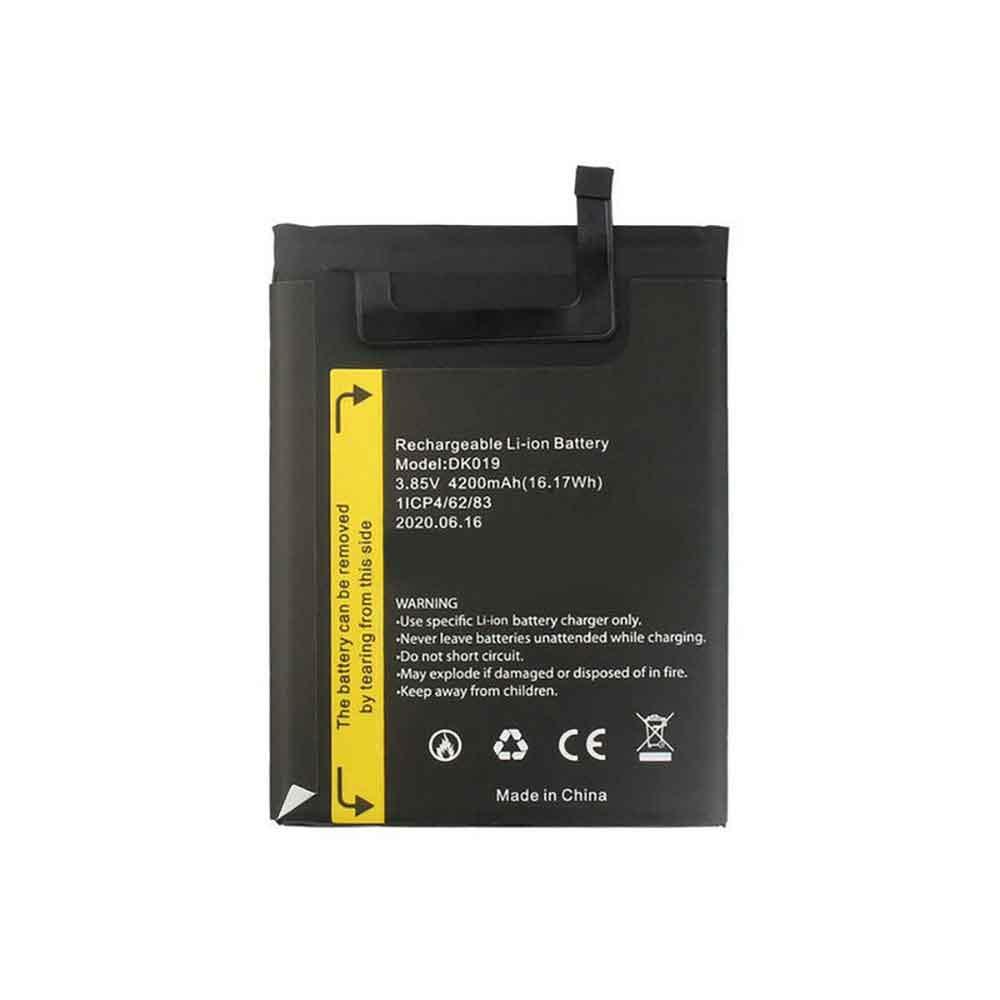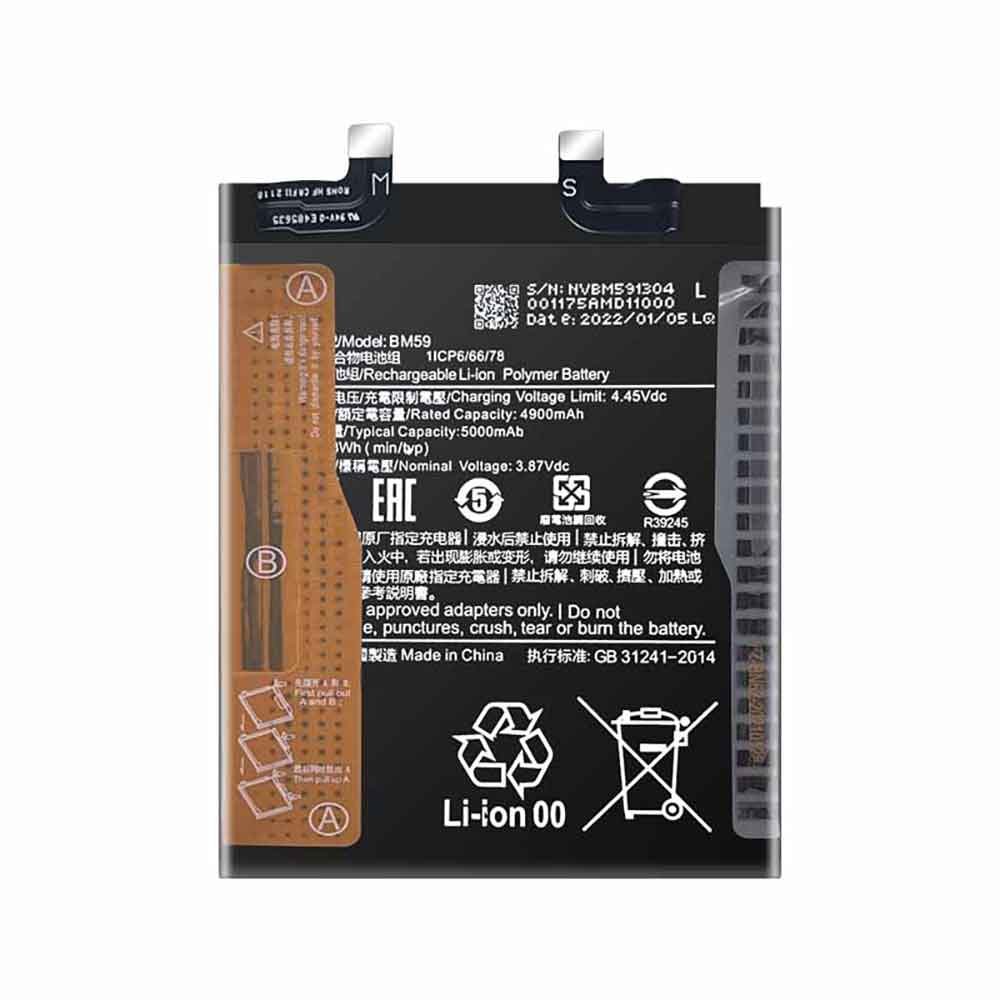930mAh 3.88V Samsung EB-BF712ABY Batteries for Samsung Galaxy Z Flip 3, Samsung EB-BF712ABY Cell Phone battery is a brand new,100% Compatible original and replacement Phone battery,Purchase wholesale and retail EB-BF712ABY with high quality and low price!
Find ou your original model number or part number(P/N), and move your eyes on the tag of battery

Specifications
- Brand:Samsung
- Capacity :930mAh
- Voltage :3.88V
- Type :Li-ion
- Battery Cell Quality: Grade A
- Descriptive: Replacement Battery – 1 Year Warranty
- Description: Brand New, 1 Year Warranty! 30-Days Money Back! Fast Shipping!
How we test this Samsung EB-BF712ABY Battery
Step 1: Make sure customer bought the correct battery.
Step 2: Check battery’s appearance and interface.
Step 3: Test battery charger and recharger function.
Step 4: Charger the battery to 100% and recharger to 0% to get real battery capacity
Step 5: Use Ev2300 to check the voltage difference of each goroup cells.
Step 6: Charger battery power more than 30%.
Step 7: Package battery carefully and send out
Compatible Part Numbers:
EB-BF712ABY
EB-BF711ABY
Compatible Model Numbers:
Samsung Galaxy Z Flip 3
How much do you know about how to run laptop well as any place? The follow Tips cut way back on protecting battery life.
1). Please recharge or change your Cell Phone battery when battery power low.
2). Using Li-Ion Replacement Samsung EB-BF712ABY Cell Phone Battery for your notebook which can work longer time than Non Li-ion one.
3). It is better to defragmentation regularly for your Cell Phone battery life.
4). In order to reduce the laptop power consumpition, you can use some optical drive spin-down and hard drive in your Cell Phone .
5). Please keep your laptop in sleep or standby model without long time using, which both save the Replacement Samsung EB-BF712ABY Cell Phone Battery power and extend battery using life.
6). Leave your battery in a dry and cool condition when without using.
7). When you rarely or generally plugged in fixed power using, Please take down your battery to avoid hurting battery life.
Hot Products
50WH ASUS C31N1815 for Asus Zenbook 13 UX333 UX333 UX2100mAh /2.1Ah HETRONIC 68300900 for HETRONIC Remote Control580mAh BMW MKD35UP for BMW AG D-80788 530le 730 740 74050mAh/15.39WH HOMTOM S9Plus for HOMTOM S9 Plus4550mAh 51.28Wh THUNDEROBOT SQU-1711 for Thunderobot 911AIR 911ME 911S6300mAh/23.94Wh AMAZON 2955C7 for Amazon Kindle Fire HD 10.1 7th3950mAh BEEX K36 for Beex ENZ K36 PRO X36 N36 GX1 G2964mAh/45Wh LENOVO L17M4PF0 for Lenovo IdeaPad S5302000MAH ICOM BP-232 for ICOM IC-F14 IC-F3062 IC-F30113180mAh/47WH LENOVO 45N1704 for Lenovo Thinkpad 12.5″ S1 Yoga









